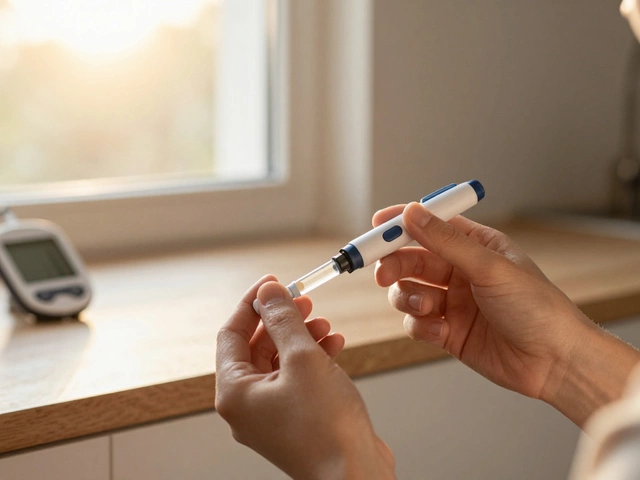Therapy Length: What to Expect and How to Manage It
When you start any kind of therapy—whether it’s post‑surgery rehab, mental‑health counseling, or a medication course—the first question is usually "how long?". The answer isn’t a one‑size‑fits‑all number because many factors shape the timeline. Your age, the severity of the problem, the type of treatment, and how consistently you follow the plan all play a role. Below we break down the most common therapy types, typical durations, and simple steps you can take to keep the clock in your favor.
Physical Therapy After Surgery or Injury
For surgeries like knee replacement, most clinicians say the toughest days fall in the first 2‑3 days, but the full rehab stretches 6‑12 weeks. Early weeks focus on pain control, gentle range‑of‑motion exercises, and getting you back on your feet safely. By week four you’ll usually start resistance work to rebuild muscle strength, and by week eight many patients can walk unaided. Skipping sessions or doing them half‑heartedly adds weeks to the process, while daily home exercises can shave a few days off.
If you’ve had a minor joint injury, therapy may only last 4‑6 weeks. The key is to push just enough to feel a little sore after each session—no more, no less. Over‑doing it can cause swelling, which forces the therapist to back‑track.
Mental‑Health and Counseling Sessions
Psychotherapy doesn’t follow a strict calendar. Some people feel better after a handful of sessions focused on a specific issue, while others need longer‑term support. A typical cognitive‑behavioral program for anxiety lasts 8‑12 weeks, with weekly meetings of 45‑60 minutes. Depression treatment often starts with a 6‑month plan, especially if medication is involved.
Consistency matters more than the exact number of weeks. Show up on time, do the homework, and keep an open mind, and you’ll notice progress faster. If you miss appointments, the therapist has to revisit topics, extending the overall length.
Medication Courses and Chronic Treatments
Antibiotic courses are the simplest: most are 7‑14 days, and stopping early can cause resistance. Steroid bursts for inflammation usually span 5‑10 days, tapering down to avoid side effects. Chronic conditions like diabetes or hypertension require lifelong therapy, but you can measure length in terms of “controlled periods” – the time you stay within target ranges before adjustments are needed.
Regular check‑ups, lab tests, and dose tweaks help keep the treatment window as short as possible while still being effective. Ignoring follow‑ups often leads to dosage increases or switching drugs, which resets the timeline.
Bottom line: therapy length is a moving target shaped by what you need, how you respond, and how well you stick to the plan. Ask your provider for a clear roadmap, track your own milestones, and keep communication open. When you know the expected timeline, you can plan work, family, and personal goals around it, making the whole process feel less like an unknown journey and more like a manageable road trip.


